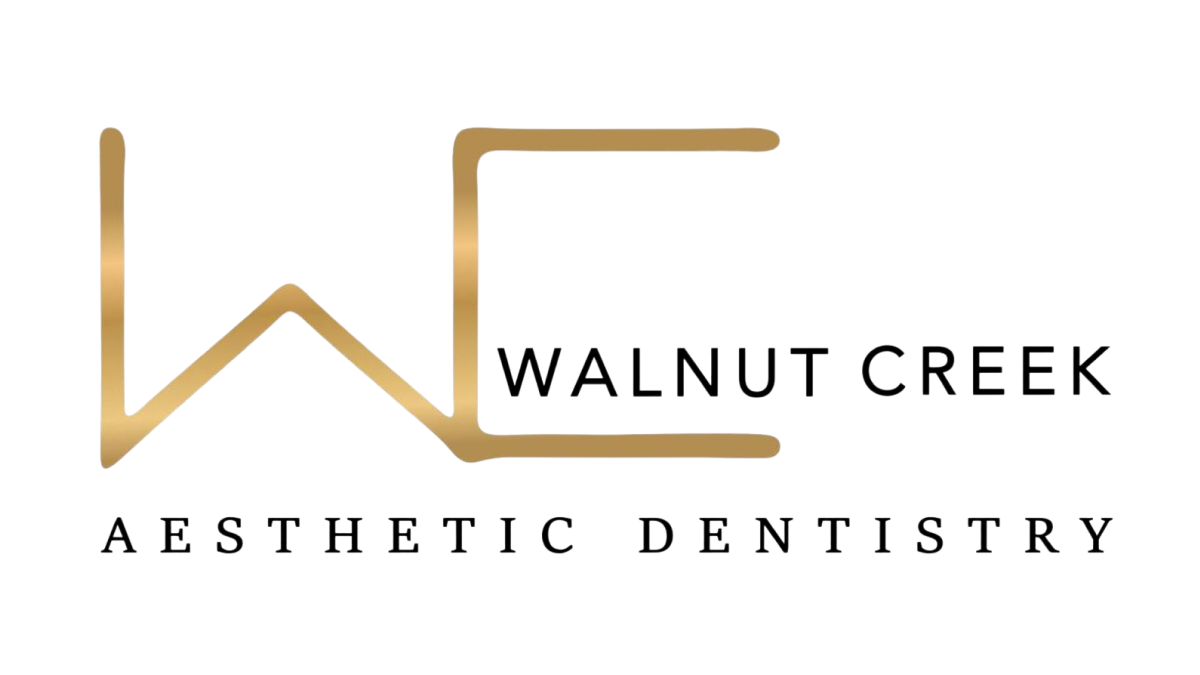
Recognizing a Real Dental Emergency (Before It Gets Worse)
Your tooth cracks on popcorn. Pain starts building with no relief in sight. Bleeding won’t stop after a fall. Is this urgent, or can it wait? That’s the tricky part—dental emergencies don’t always show up with flashing warning signs. Some are painfully obvious, while others quietly escalate into major health concerns.
Here’s where things often go wrong: people assume it’s “not that bad” or “probably fine until Monday.” Meanwhile, infections spread, fractures worsen, and what could have been a simple fix turns into a serious issue.
Dental emergencies are more common than most think, and knowing the difference between minor concerns and urgent situations is the first step to protecting your oral and overall health. At Walnut Creek Aesthetic Dentistry, we believe awareness saves teeth—sometimes even lives.
Let’s break down what counts as a dental emergency, how to tell it’s happening to you, and why fast action can change everything.
What Qualifies as a Dental Emergency?
Dental emergencies involve conditions that need immediate attention to stop bleeding, manage infection, relieve severe pain, or save a tooth. They can affect both oral and systemic health. These aren’t things you can “tough out” or fix with home remedies.
The most common true emergencies include:
- Knocked-out teeth
- Cracked or broken teeth with exposed pulp
- Severe toothaches that don’t respond to over-the-counter medication
- Uncontrolled oral bleeding
- Facial swelling linked to dental infection
- Soft tissue trauma to the lips, cheeks, gums, or tongue
- Abscesses causing fever or facial numbness
Tooth Pain: When It’s Urgent and When It’s Not
Not all tooth pain needs emergency care, but some types shouldn’t be ignored. Sudden, sharp pain or ongoing throbbing can signal problems deeper than surface sensitivity. If the pain wakes you up at night, makes it hard to chew, or radiates to your ear, it may be a sign of infection or nerve involvement.
Minor sensitivity after a cold drink or post-treatment soreness isn’t usually a cause for panic. But pain paired with swelling, heat, or pus is more than discomfort—it’s a red flag.
Listen to your body. Pain is its alarm system, not something to silence with numbing gel.
Swelling Is Never “Normal”
Facial swelling, especially around the jawline or under the eyes, is often a sign of a spreading dental infection. Unlike a pimple, oral abscesses won’t drain on their own. The pressure builds, and so does the risk.
Left untreated, the infection can enter the bloodstream and lead to sepsis—a medical emergency. If you notice swelling, especially with fever or a bad taste in your mouth, don’t wait. Head to a dentist or an urgent care facility immediately.
Even mild puffiness could be an early warning of something more dangerous developing below the surface.
Lost or Knocked-Out Tooth
If a permanent tooth is knocked out, fast action can save it. You have about 30 minutes to one hour to replant the tooth before the root cells die. Pick it up by the crown, rinse it briefly with water (no scrubbing), and try placing it back in the socket. If that’s not possible, keep it in milk or saliva and get to a dental clinic fast.
Waiting until the next day means the tooth likely can’t be saved. Every minute counts in trauma cases.
Broken Teeth: Cosmetic or Critical?
Not every chipped tooth is an emergency. If there’s no pain and the break is minor, it can usually wait a day or two. But if the crack extends below the gumline or exposes the inner layers of the tooth, it can cause infection, loss of structure, or nerve damage.
If the break is severe, the area is bleeding, or there’s pain when biting down, don’t wait. You may be dealing with a fracture that affects the root and that needs prompt treatment.
Bleeding That Won’t Stop
After a dental extraction or injury, some bleeding is expected. But if the bleeding doesn’t stop after 10–15 minutes of applying pressure, it needs professional attention.
Persistent bleeding can signal problems with clotting or a deeper injury that isn’t healing. Ignoring it can lead to complications, especially if paired with other health conditions like high blood pressure or diabetes.
What’s Not a Dental Emergency?
- Mild tooth sensitivity
- Lost crowns or fillings (without pain or exposed nerves)
- Small chips with no pain
- Minor gum irritation
- Temporary braces discomfort
Why Dental Emergencies Should Never Be Ignored
Beyond the pain and inconvenience, dental emergencies can have long-term effects on your health. Infections can spread quickly, damage can become irreversible, and the cost of delayed care is often far higher than early intervention.
Immediate treatment doesn’t just save teeth—it prevents deeper health risks. Oral infections have been linked to heart disease, stroke, and complications for those with chronic illnesses.
Timely care is more than relief—it’s prevention.


